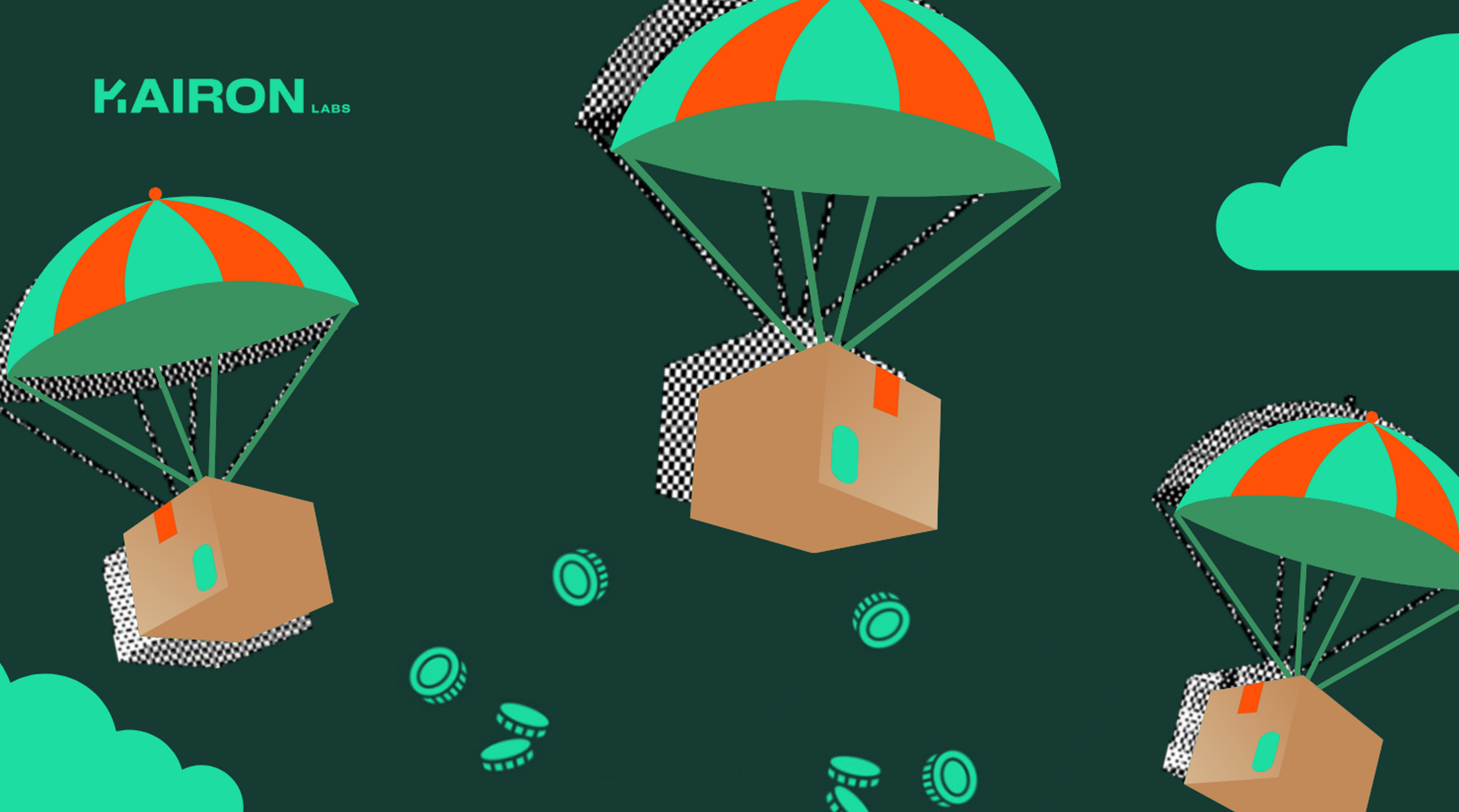
Kairon Labs’ Response to the UST Stablecoin Crash
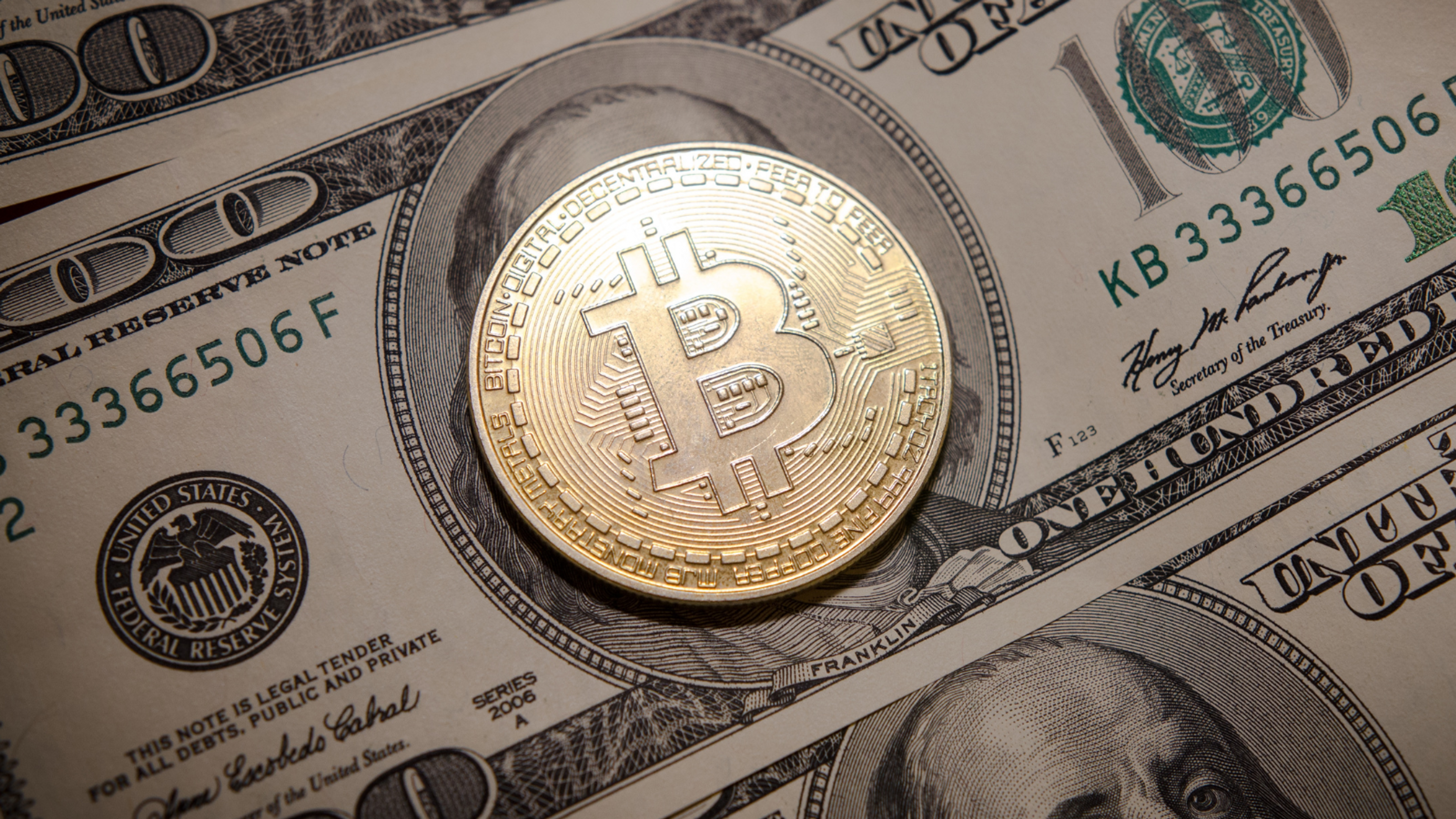
The depegging of the stable coin Terra USD (UST) and the corresponding meltdown of its seigniorage token LUNA sent shock waves through a crypto market already weakened by difficult, global macroeconomic conditions. The collapse was historic: at the time of writing, UST (now renamed UST Classic, or USTC), which is programmed to maintain its peg to the US dollar, sits at $0.0345. LUNA (now LUNC), which hit an all-time high in April of $119.18, now trades well under $0.01. In the few days following May 6, $40 Billion in value disappeared. The Terra crash impacted BTC and the broader crypto markets. As the situation unfolded, Kairon Labs pivoted quickly from situational analysis to the execution of measures to protect investor holdings. Here is our general read of what happened.
What are UST and LUNA?
Stablecoins are the backbone of DeFi; they bridge fiat to cryptocurrencies, offer stable value backing for a range of financial services like lending, and ideally provide traders a haven that shields them from volatility in crypto markets. Terra USD or UST is the stablecoin developed by TerraForm Labs and supported by the Luna Foundation Guard, a non-profit that supports development on the Terra ecosystem. UST is designed to be pegged to the US dollar. Prior to the crash, one could buy UST on an exchange or mint it by burning an equal value amount of LUNA, the ecosystem token for the Terra blockchain. In a functional system, minting 5 UST, worth $5, required burning $5 worth of LUNA. Conversely, users could redeem their UST for an equal value amount of LUNA. This tie between LUNA and UST was intended to hold UST at its pegged value. Whenever the stablecoin traded below peg arbitrageurs would be incentivized to buy UST at a discount ‒ less than $1 ‒ and trade it for $1 in LUNA. By capturing the difference between the actual off-peg value of UST and the target peg value of $1 through UST purchases and conversion to LUNA, traders would effectively reduce the amount of UST in circulation and increase its value. Conversely, suppose UST traded above its peg. In that case, arbitrageurs could similarly profit by buying LUNA and burning it for UST, which would increase the supply of the stablecoin and lower its value.This relationship, one in which the value of UST is supported by supply and demand rather than underlying assets, makes UST an algorithmic stablecoin. From the outset, Terraform Labs declared that its mission was to build UST as the leading stablecoin. Indeed, they seemed well on their way: until its collapse, UST had grown to be the third-largest stablecoin on the market. Understanding the UST collapse requires consideration of its primary use cases on Anchor protocol and Curve Finance.
Anchor Protocol
Terraform Labs sought to create demand for its stablecoin through Anchor Protocol, a project launched to bootstrap UST. Anchor initially offered users a 20% interest savings account for UST deposits. Such high rates drew significant interest, and by late April, over 70% of circulating UST was locked in Anchor.In March, however, a resolution passed whereby that high-interest rate would vary according to the Anchor’s yield reserve. By May, when it became clear that the interest rate would steadily decline, users began to progressively exit and convert their UST to Luna, putting pressure on the stablecoin.
Curve Finance
Curve Finance is DeFi’s leading automated market maker (AMM). Its liquidity pools include popular stablecoin pairs and, importantly, USTw-3CRV (3CRV being an amalgam of USDC, DAI, and USDT). The pool was intended to have a 50:50 ratio between UST and 3CRV.Though only 5% of UST was held in the Curve liquidity pool, it nonetheless represented the largest source of non-Terra liquidity for UST.
UST Depegged
UST first came under pressure on May 7 due to an $85 million swap from UST to USDC in the 3CRV pool. Where a steady increase of withdrawals from Anchor was already underway, this swap accelerated the waning of investor confidence in UST.To understand why this swap is notable, let’s remember that the USTw-3CRV pool was designed to maintain a 50% USTw:50% 3CRV ratio. The trader behind the $85 Million swap essentially sold that amount of UST, added it to the liquidity pool, and bought the equivalent in USDC. Please transfer Generally speaking, when the desired ratios of tokens fall out of balance in any liquidity pool, the Automated Market Maker (AMM) discounts prices accordingly to incentivize buying to bring the ratio back into balance.With the large UST-USDC swap, UST, of course, depegged. Though UST had a short-term recovery on May 8, it remained unstable and then plummeted on May 9 as panicked investors, fearful that UST would not regain $1, sought to exit Anchor and swap out of UST on Curve. The LFG subsequently sought to defend the price of UST by drawing upon its massive reserves to back UST. Measures undertaken included depositing a significant amount of non-UST stablecoins into the Curve pool and selling almost all of the 80,000+ Bitcoin that LFG held in reserve. The effect of this, of course, was to drag down the price of BTC. Increasing numbers of investors seeking to swap out their UST on Curve ate through this bailout however, and selling UST on Curve became impossible due to lack of liquidity. For many, the only other available option was to convert UST to LUNA, increasing the supply of the latter and sending prices sharply downward. The final tipping point was that moment when LUNA's market cap dropped below that of UST, when it became apparent that LUNA could not support redemptions of all UST holders seeking to exit.
The Kairon Labs strategy
Against this turbulent backdrop, Kairon Labs successfully managed risk and minimized losses through prudent positioning in stablecoins. Before the crash, as UST volatility steadily rose, Kairon ceased providing order book depth to protect clients’ capital. Clients were immediately notified of the situation and the measures taken to protect assets. Our constant oversight and early action mitigated the impacts of the crash.Crypto markets are 24/7, frequently volatile, but also full of opportunity. To maximize client gains, Kairon Labs adopts a unique approach shaped by extensive experience across traditional (TradFi) and crypto markets and proven expertise in algorithmic trading. Our industry knowledge and technical ability set us apart among ethical market makers. Get in touch and learn more about what we can do for your portfolio.
Kairon Labs provides upscale market-making services for digital asset issuers and token projects, leveraging cutting-edge algorithmic trading software that is integrated into over 100+ exchanges with 24/7 global market coverage. Get a free first consult with us now at kaironlabs.com/contact
Featured Articles


What Is Bitcoin Halving and How to Prepare For It
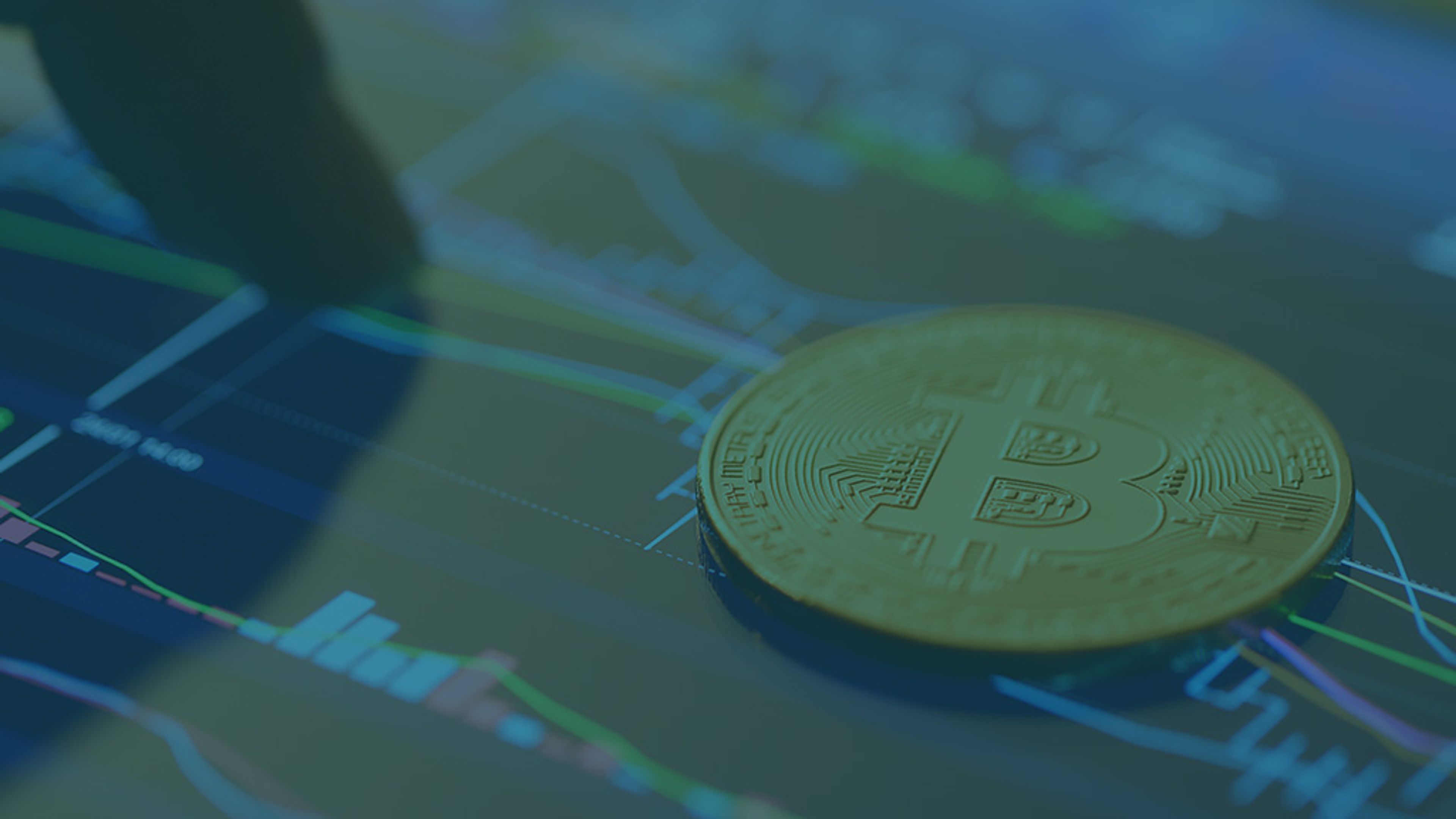
Bitcoin Halving Aftermath: Post-Halving Trends to Expect
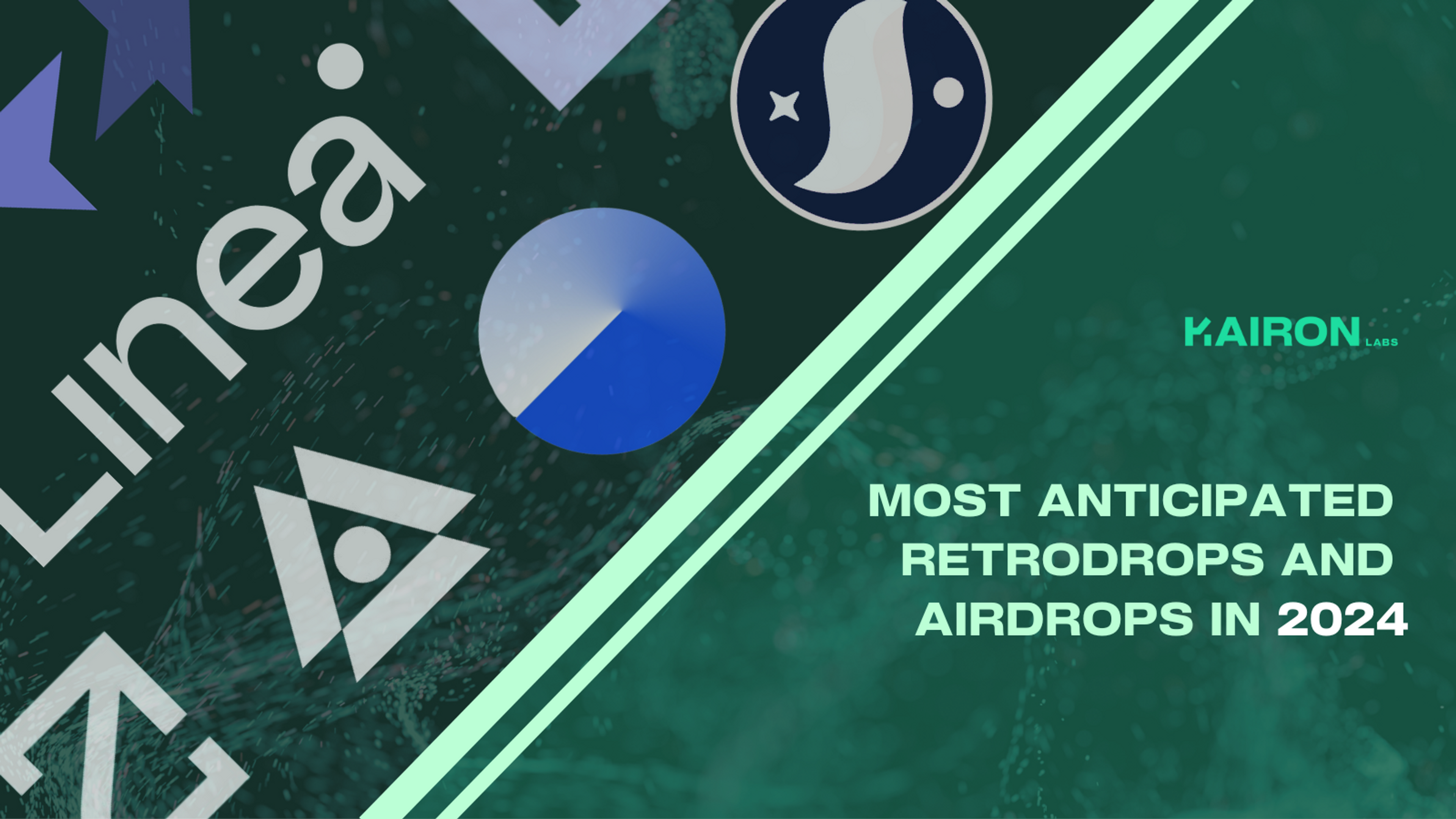
Most Anticipated Retrodrops and Airdrops in 2024

Crypto Bull Run Hottest Altcoins: Meme Coins, GameFi, AI
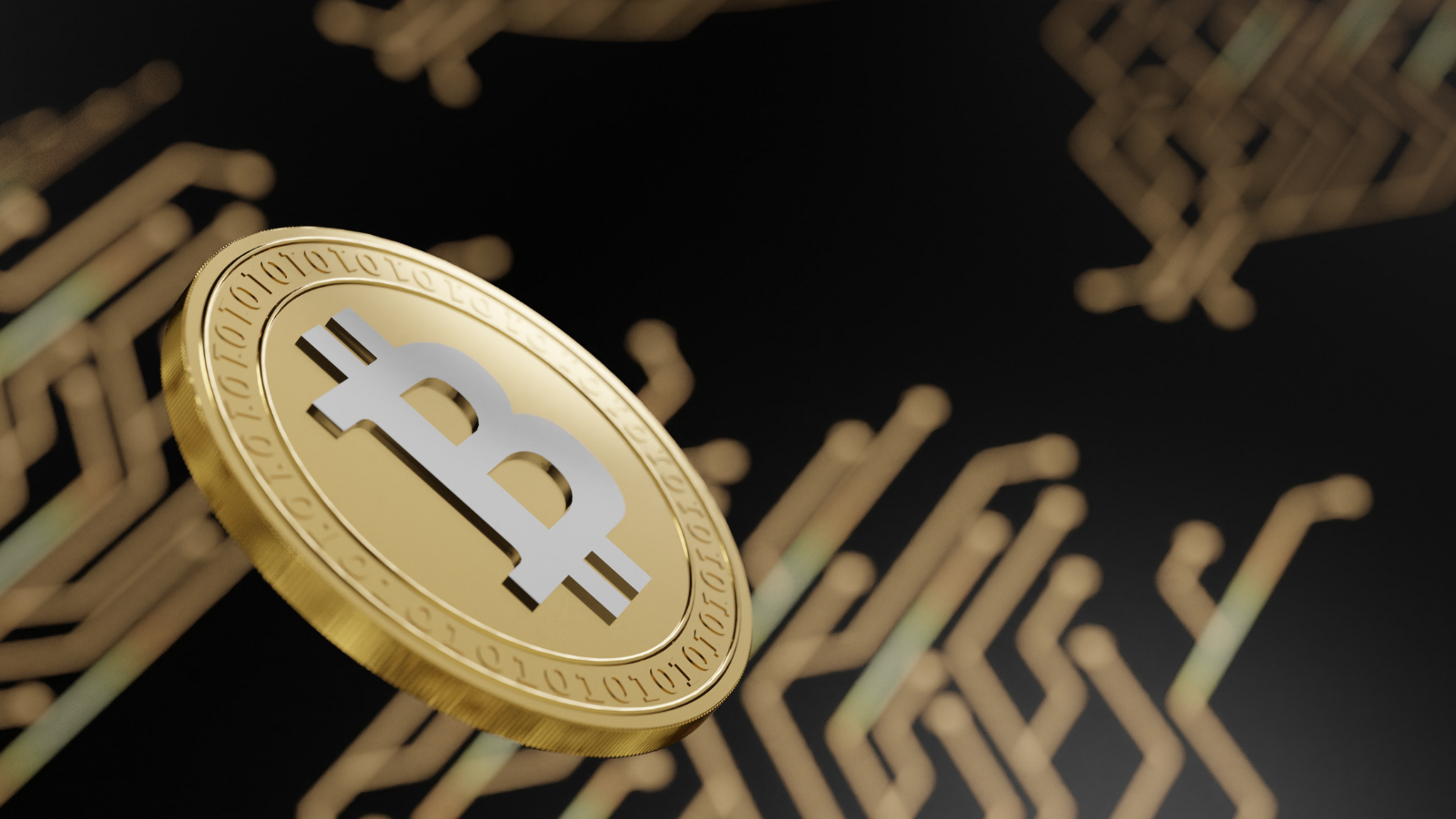
Launching a Token 101: Why is Liquidity Important?
